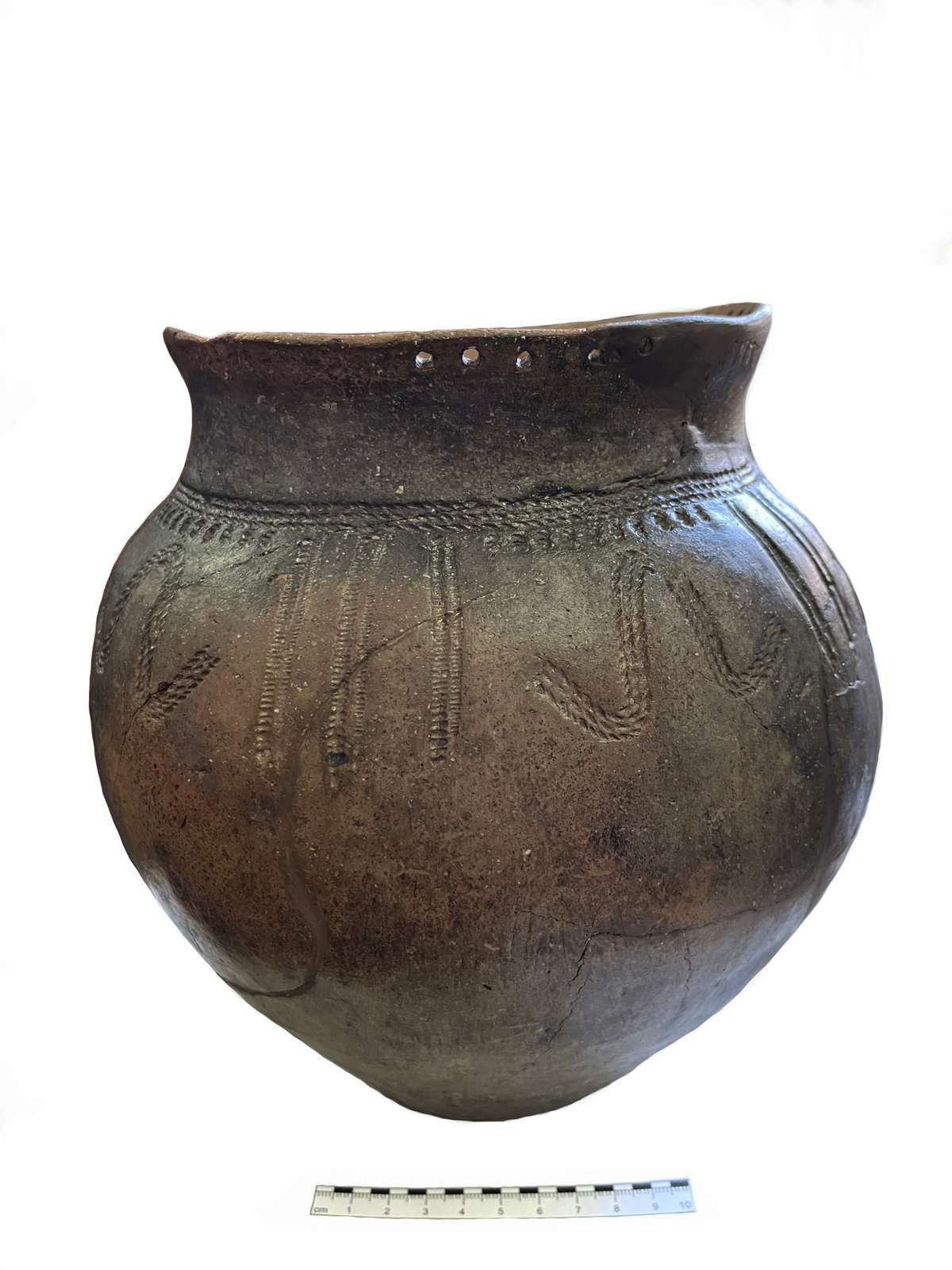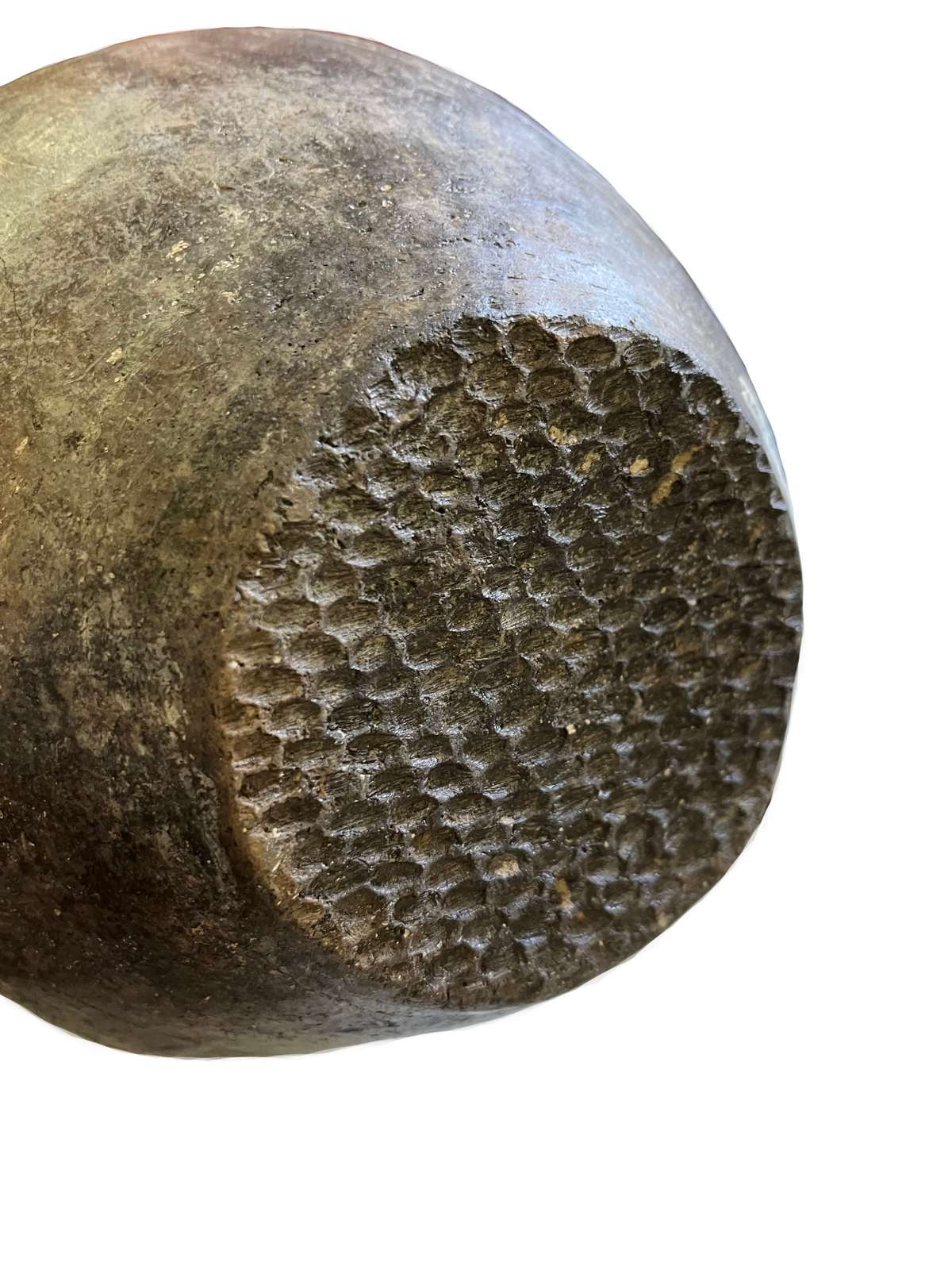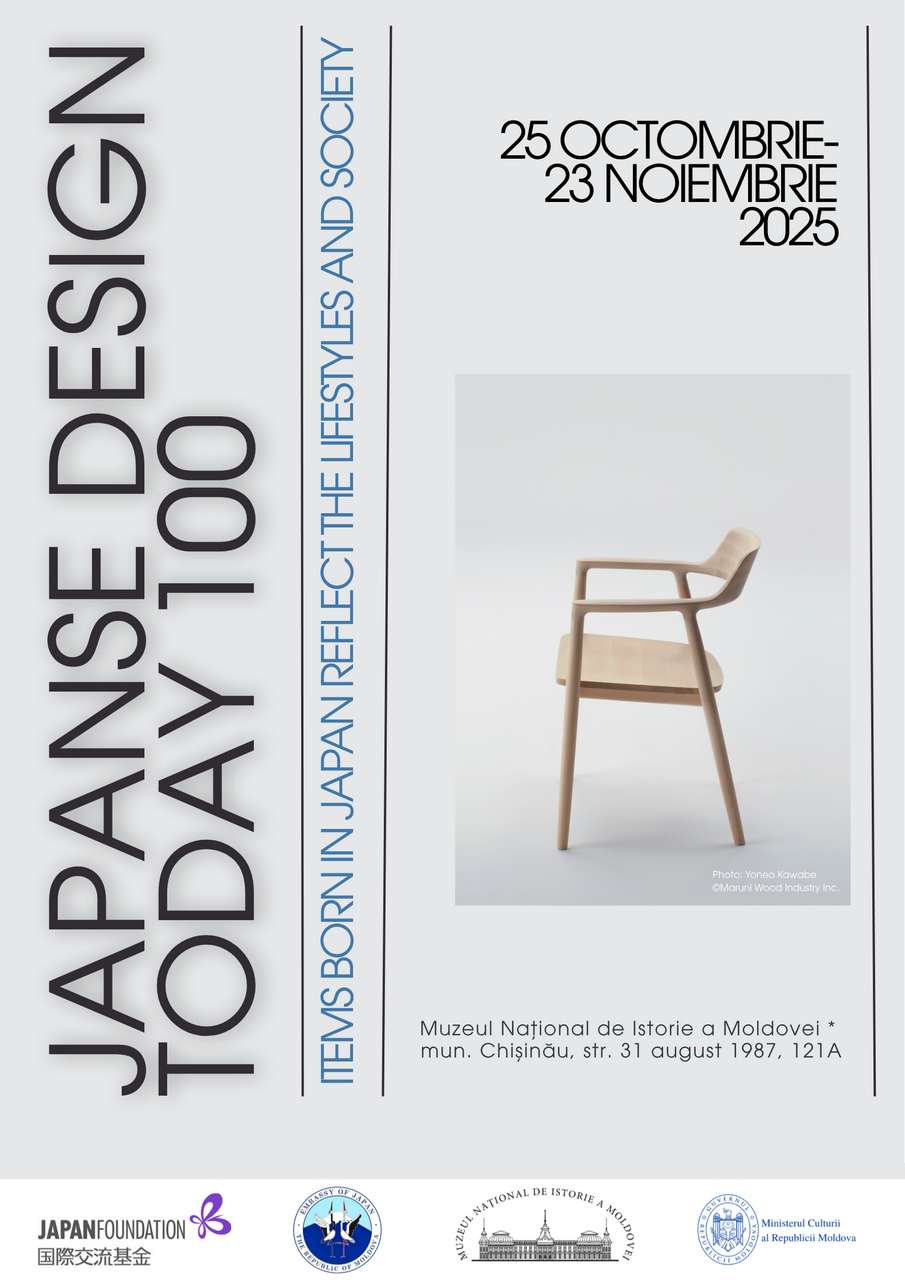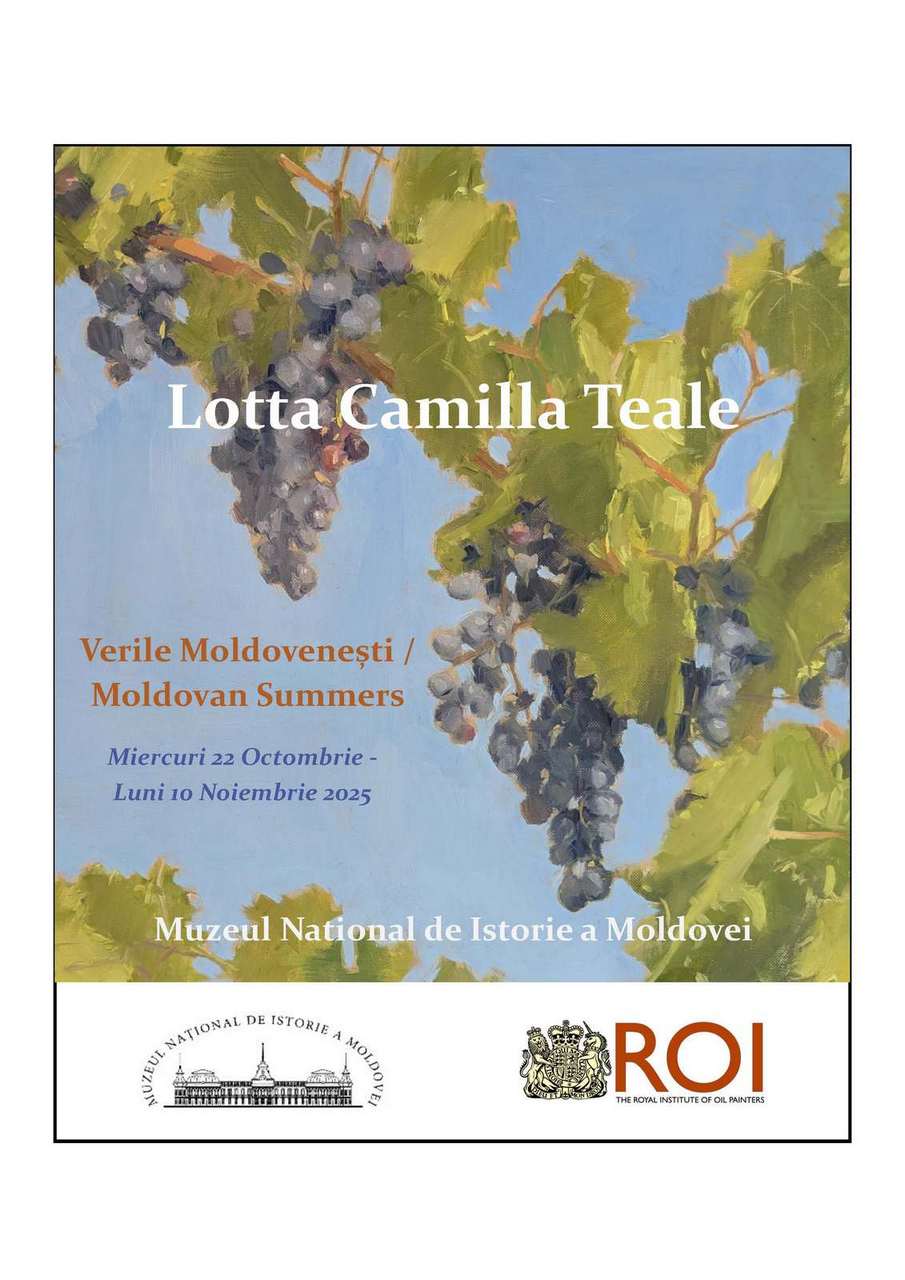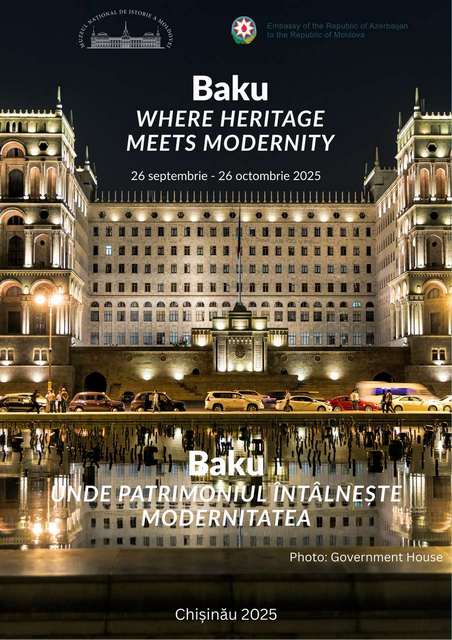  Events Archive Events Archive
Museum Event "Restoring History from Shards"
September 26, 2024
The National Museum of History of Moldova celebrated the European Heritage Days on September 26, 2024, with the activity "Rebuilding History from Fragments." The event was organized by the Public Relations and Museum Education Department in collaboration with the Museum Restoration Department. The activity was held for a group of students from "Mircea Eliade" Theoretical High School in Chisinau and focused on sharing knowledge and information with the younger generation, offering them the opportunity to better understand the importance of preserving national cultural heritage and the process of restoring artifacts. The first part of the activity took place in the ceramics restoration laboratory, where museum specialists Mariana Guzun and Daniela Feroni enthusiastically discussed the specialized work carried out on various ceramic pieces, each with different levels of degradation. They explained how hundreds of fragments, which may seem worthless at first glance, can eventually be brought back to life as a well-preserved museum piece. During the activity, the students had the opportunity to talk to restorer Anastasia Craev, who introduced them to various specialized techniques and discussed the importance of heritage preservation. She also touched on the topic of souvenirs, highlighting how they can contribute to promoting and understanding national history and culture in an international context. The students learned not only about the restoration process but also about the educational and cultural value of national heritage. Through interactive and educational activities, participants were encouraged to appreciate local history and traditions, thus contributing to the formation of a deeper cultural awareness. Upon leaving, the students expressed enthusiasm and appreciation for the experience at the National Museum of History of Moldova. They emphasized how interesting and informative the activities were, noting that they learned a lot about the importance of preserving national cultural heritage and the process of restoring artifacts. Many of them mentioned that interacting with the museum restorers and specialists gave them a new perspective on history and universal culture, inspiring them to explore these fields further in the future. This initiative reflects a successful model of integrating education and culture, having a significant impact on the perception of the younger generations towards national cultural heritage.
|
 31 August 1989 St., 121 A, MD 2012, Chisinau, Republic of Moldova
31 August 1989 St., 121 A, MD 2012, Chisinau, Republic of Moldova



